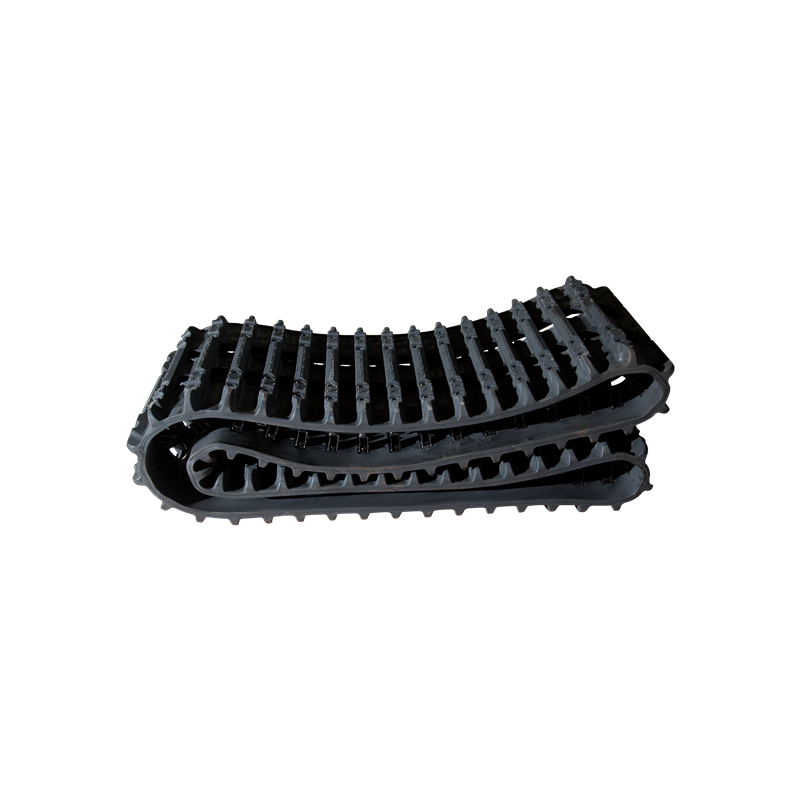
Robot Tracks Transform Robotic Mobility Systems
The field of robotic mobility is experiencing significant transformation with advanced robot tracks systems emerging as a pivotal technology for navigation across difficult terrain. These specialized locomotion systems represent a substantial improvement over conventional wheeled arrangements, particularly in environments where stability and traction present considerable challenges. The growing implementation of robot tracks demonstrates their increasing importance across multiple sectors including industrial automation, emergency response operations, and exploratory missions. The fundamental advantage of robot tracks lies in their unique ability to distribute weight evenly across a larger surface area, enabling robotic platforms to traverse landscapes that would otherwise be inaccessible to wheeled or legged robotic systems.
Modern robot tracks incorporate sophisticated engineering principles that optimize performance across various operational contexts. The design of contemporary robot tracks typically involves modular components that can be customized according to specific application requirements and environmental conditions. Manufacturers have developed specialized materials for robot tracks that offer enhanced durability while maintaining flexibility necessary for effective ground engagement. The development of robot tracks has increasingly focused on creating systems that can adapt to changing surface conditions without requiring manual adjustment. These technological advancements in robot tracks have substantially improved the reliability and operational capacity of robotic platforms in field applications.
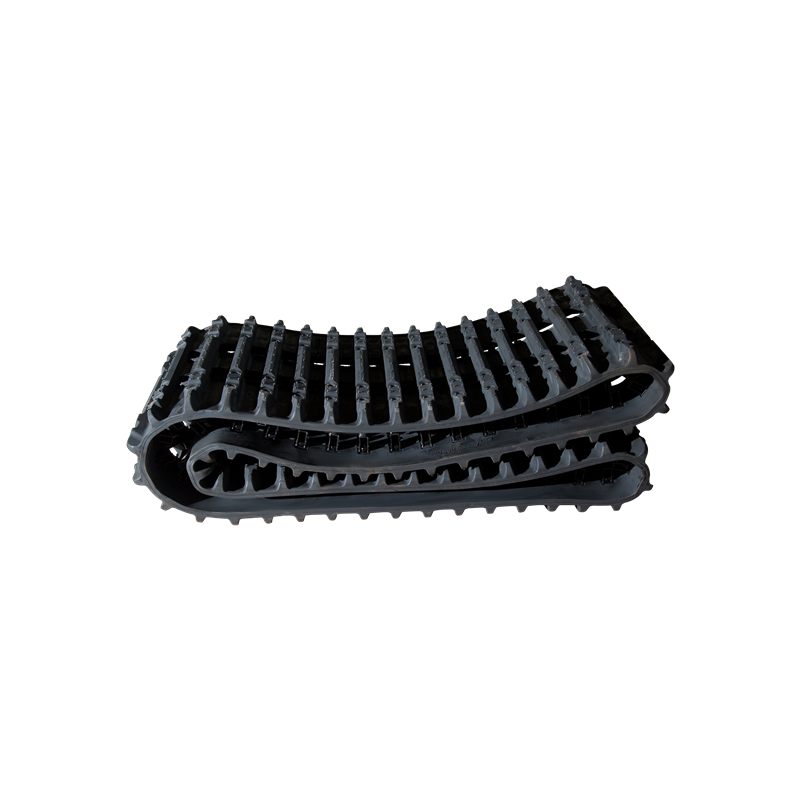
The application spectrum for robot tracks continues to expand across numerous professional domains. In industrial settings, robot tracks enable automated systems to navigate complex factory floors and outdoor industrial environments with improved stability and load-bearing capacity. Search and rescue operations increasingly utilize robots equipped with specialized robot tracks to access disaster areas where conventional vehicles cannot operate safely. The agricultural sector has adopted robotic systems with robot tracks for various field operations, as the reduced ground pressure helps prevent soil compaction compared to traditional farm machinery. The military and security sectors employ robot tracks for surveillance and reconnaissance missions in environments where stealth and stability are equally important.
Technical innovations in robot tracks have addressed several historical limitations of tracked locomotion systems. Contemporary robot tracks feature enhanced sealing mechanisms that prevent debris intrusion, which previously caused frequent maintenance requirements. The development of rubber-composite materials for robot tracks has significantly reduced noise generation while maintaining the durability necessary for rugged applications. Modern robot tracks increasingly incorporate self-cleaning features that less material buildup between track components, ensuring consistent performance in muddy or snowy conditions. These improvements have substantially increased the operational availability of robots equipped with advanced robot tracks systems.
The integration of robot tracks with other robotic systems represents an important area of ongoing development. Engineers have created sophisticated suspension systems that work in harmony with robot tracks to absorb impacts and maintain stability on uneven surfaces. Power management systems have been specifically optimized for robot tracks to improve operational duration while supporting the substantial energy requirements of tracked locomotion. These integrated systems have collectively enhanced the overall capability of robots utilizing track-based mobility systems.
Future developments in robot tracks technology appear likely to focus on increased autonomy and adaptability. Research initiatives are exploring robot tracks that can automatically adjust their configuration in response to changing terrain conditions detected through integrated sensor systems. The continued refinement of robot tracks is expected to further expand the operational envelope of robotic systems across an even broader range of applications and environmental challenges.

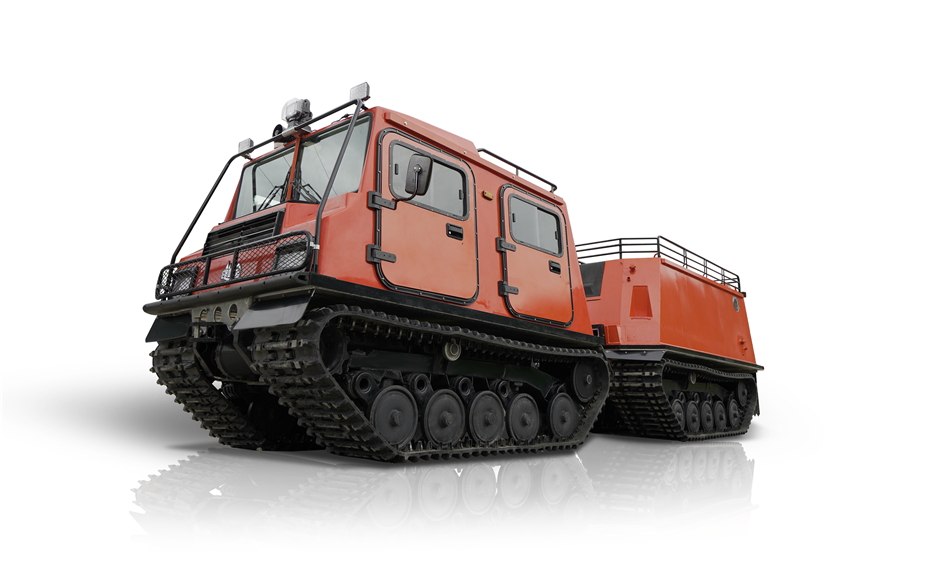
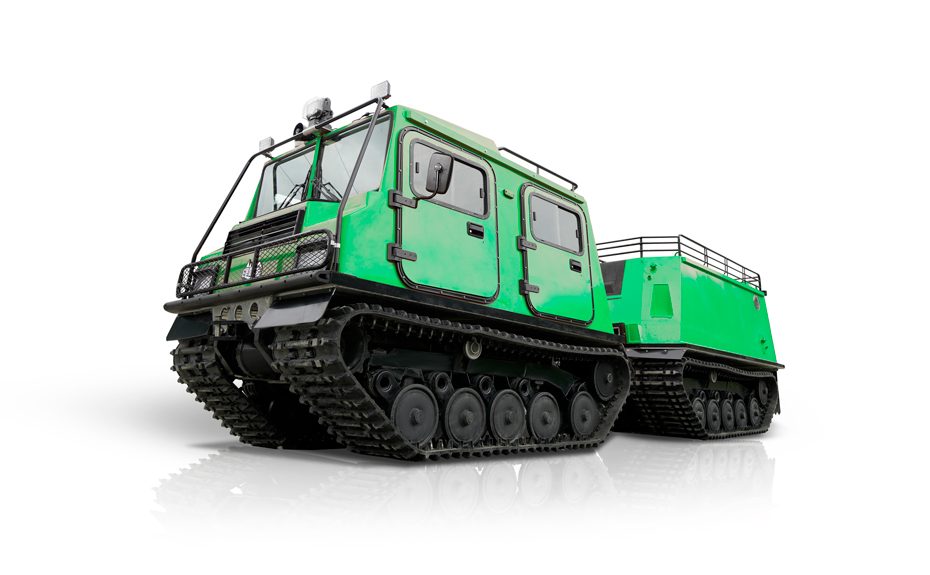
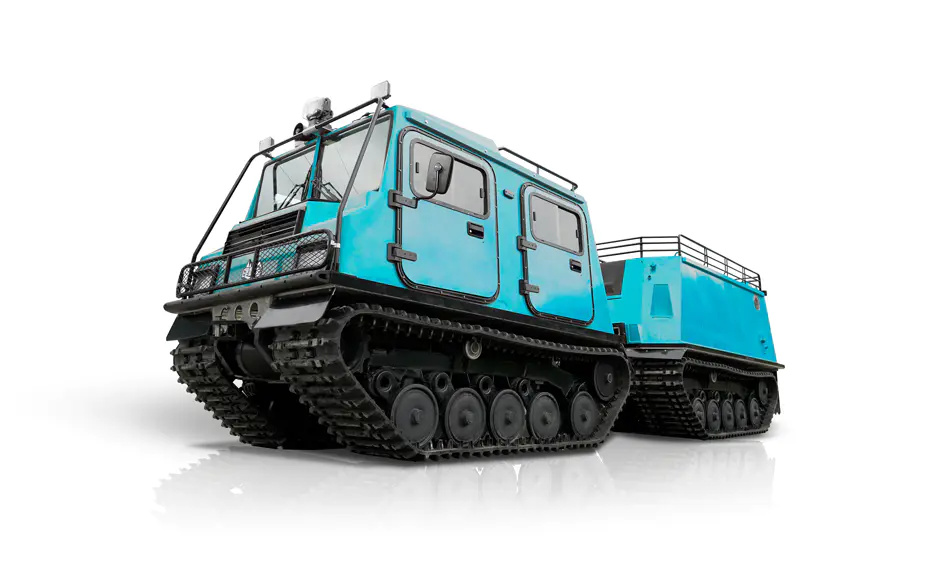
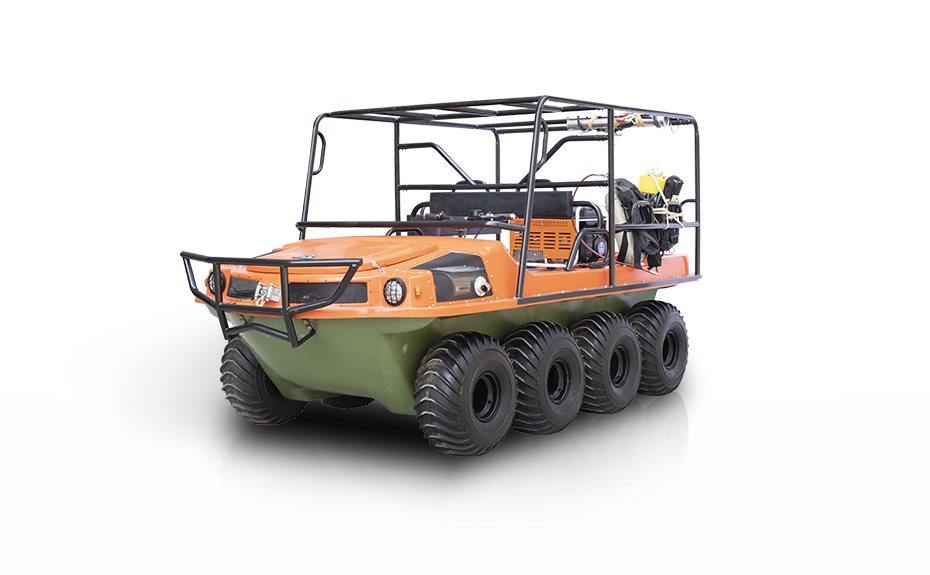
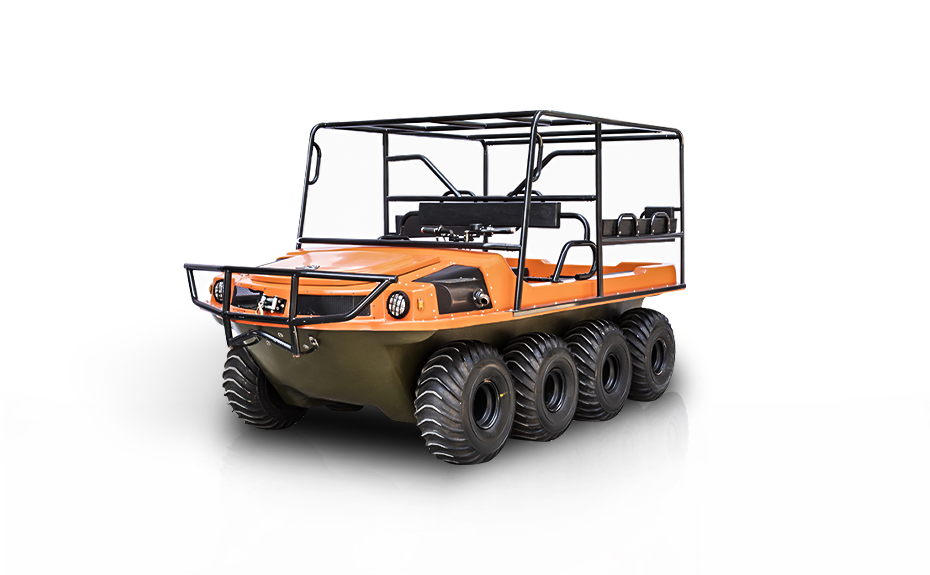
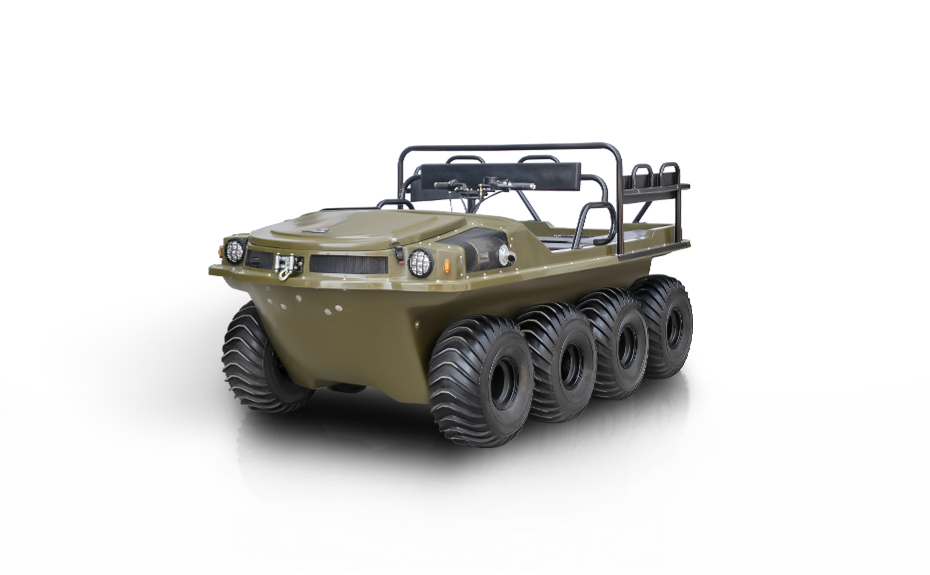





 浙ICP备2022029871号
浙ICP备2022029871号